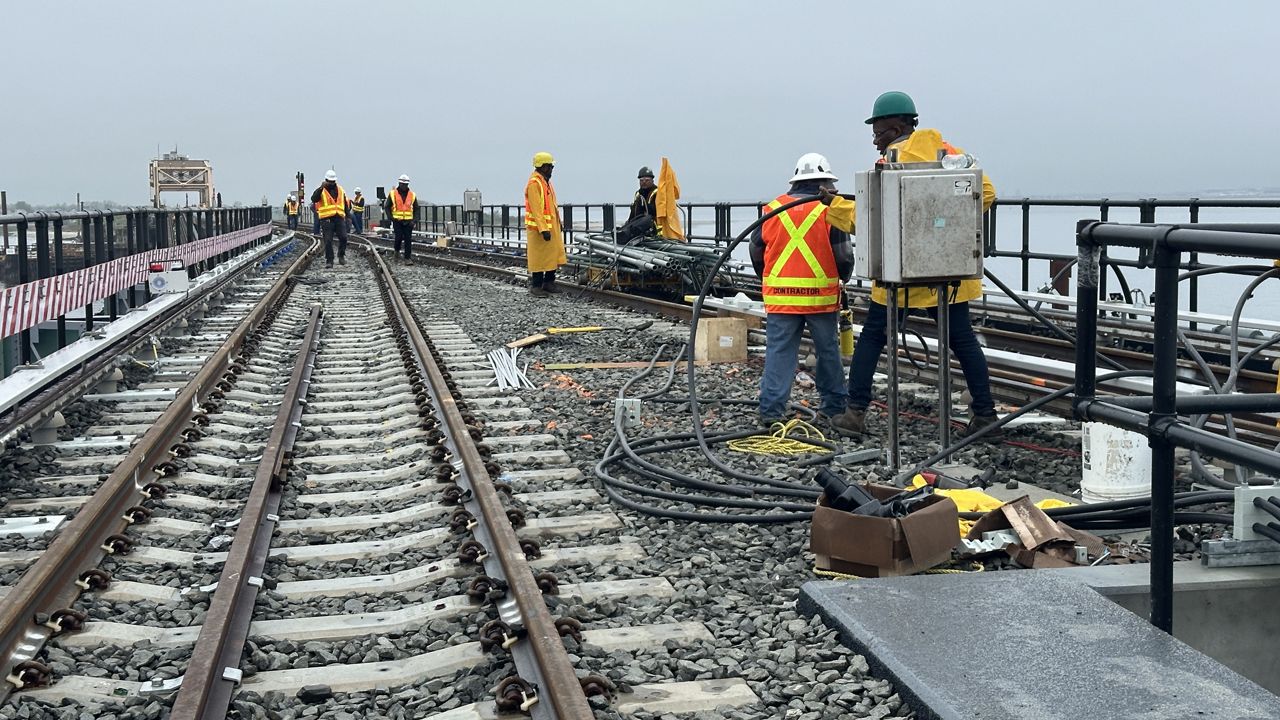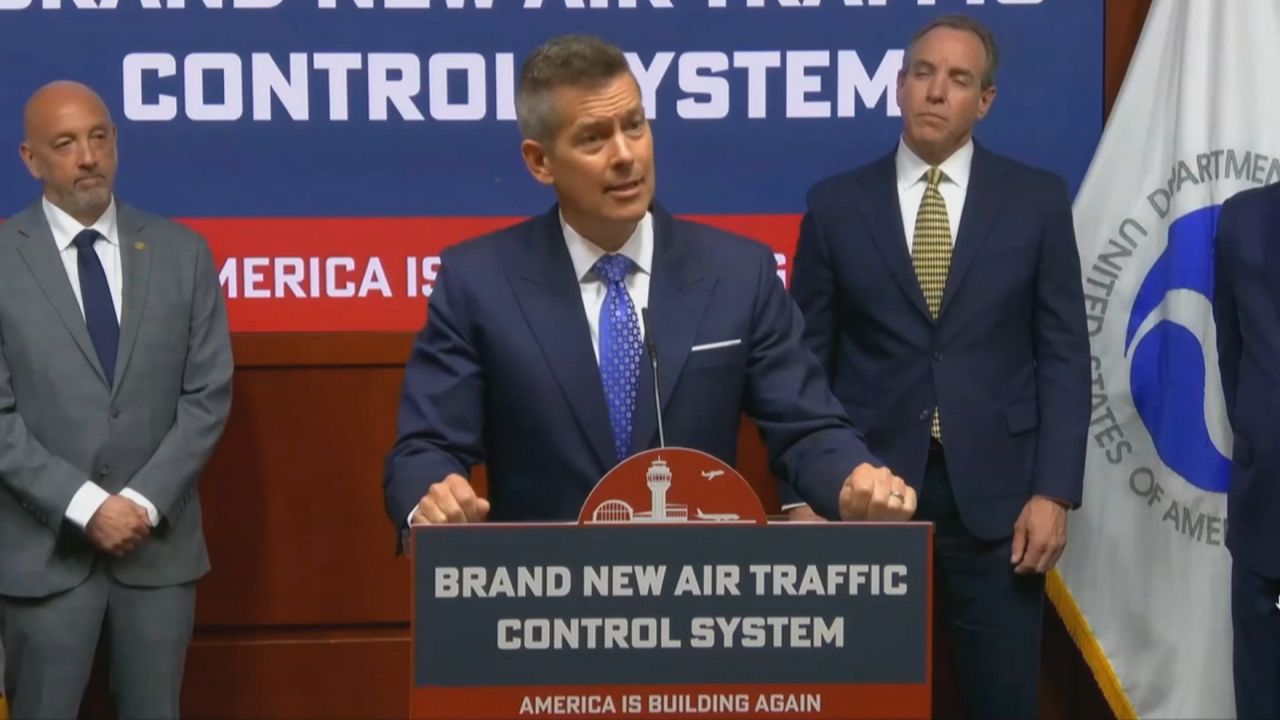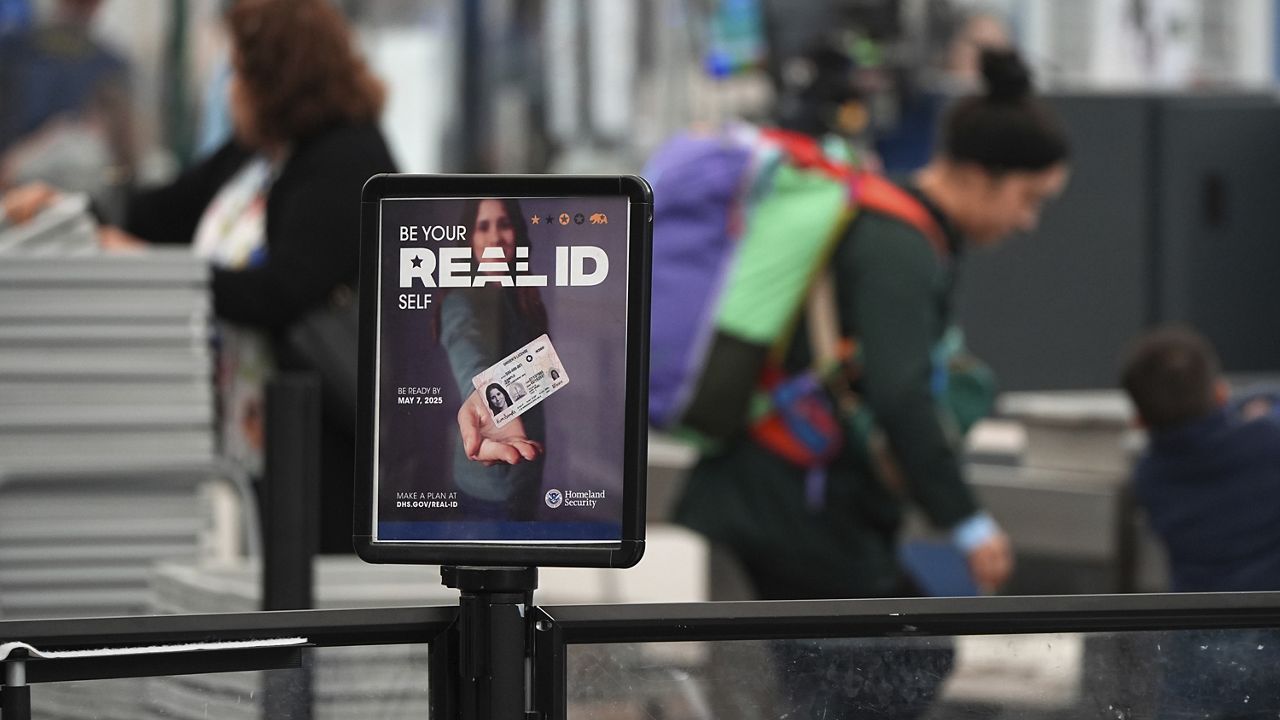The MTA unveiled four modern fare gate designs that will be coming to 20 stations this fall as part of a pilot program, Gov. Kathy Hochul and the MTA said Monday.
The agency is considering four vendors — Conduent, Cubic, Scheidt & Bachmann, and STraffic — to provide new fare gates for its subway system, a press release said.
According to the governor and the MTA, the four vendors will see their gates installed at five separate stations each before a final vendor is ultimately selected.
Stations that will see the gates include Atlantic Avenue-Barclays Center, 14th Street-Union Square, 42nd Street-Port Authority Bus Terminal, Delancey Street-Essex Street, Nostrand Avenue, Crown Heights-Utica Avenue, Jackson Heights-Roosevelt Avenue and Forest Hills-71st Avenue.
"We are getting the absolute cutting-edge technology within our system," Jamie Torres-Springer, president of MTA Construction and Development, said at a committee meeting. "These gates all have a set of baseline characteristics. They have both wide-aisle gates to replace the emergency gates, and standard gates that replace the turnstiles. They generally use paddles that open and close and are very hard to force open, hold open or climb over.”
NY1 got an up-close look at the gates from Conduent, which will be part of the pilot.
Bill Brunet, vice president of sales at Conduent, said depending on the transit agency, the doors may be able to stop what's known as tailgating or piggybacking, as well as people forcing them open.
"The speed at which the gates will actually open and close and how long they will stay open between passengers, so we have configurability over all of those things," Brunet said.
"The amount of force that will be applied against the panel can be changed in software," he added.
The MTA, meanwhile, has been trying different strategies to fight subway fare evasion, which they say has declined 30% from last July to this March.
"At locations where fins and sleeves are installed at turnstiles, there's been 60% fewer jumps," New York City Transit President Demetrius Crichlow said at the meeting. "The data suggests that by stacking these interventions on top of one another, we can fortify our stations against the major drivers of fair evasion, increasing paid ridership, and meaningfully reduce fare evasion."
In addition, gate guards at 200 stations have reduced fare evasion 36% at those stations, and 90% of turnstiles have been modified to prevent backcocking.
Also, emergency gates at 70 stations now have a 15-second delay, which has led to a 10% drop in total fare evasion. That will expand to 150 stations by the end of the year.
The agency also said there's been progress on buses, which had fare evasion rates as high as 50%.
"We developed a plan to address bus fare evasion, and it's gone down every quarter," Crichlow said.





_Dnt_MTA_Fare_Gates_Clean?wid=320&hei=180&$wide-bg$)

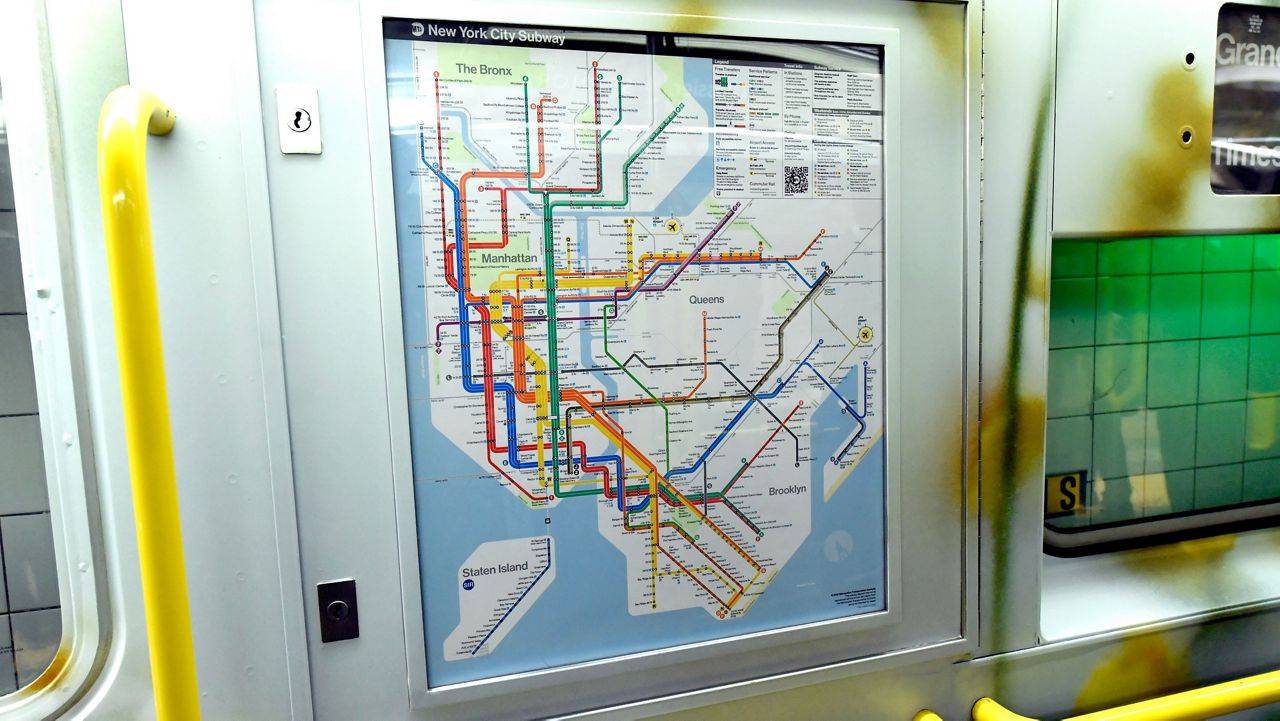
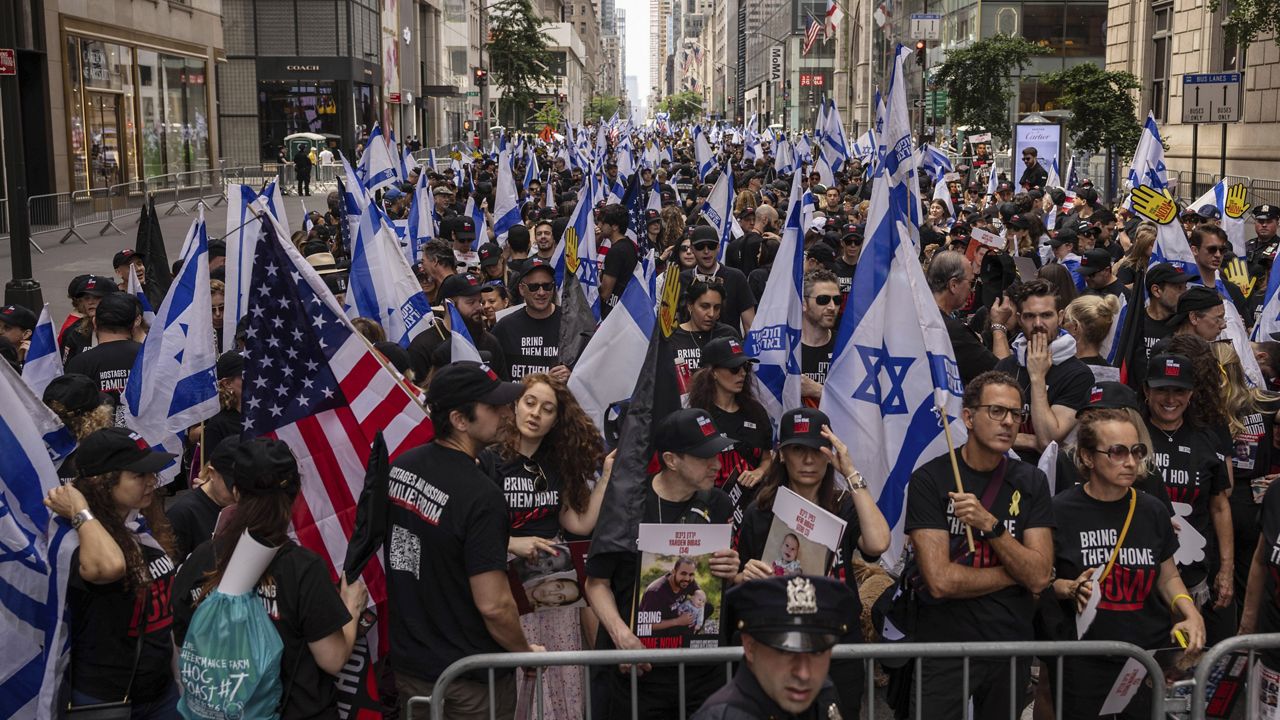
_Pkg_NYPD_Cyclist_Crackdown_CG_134196529_4534)
